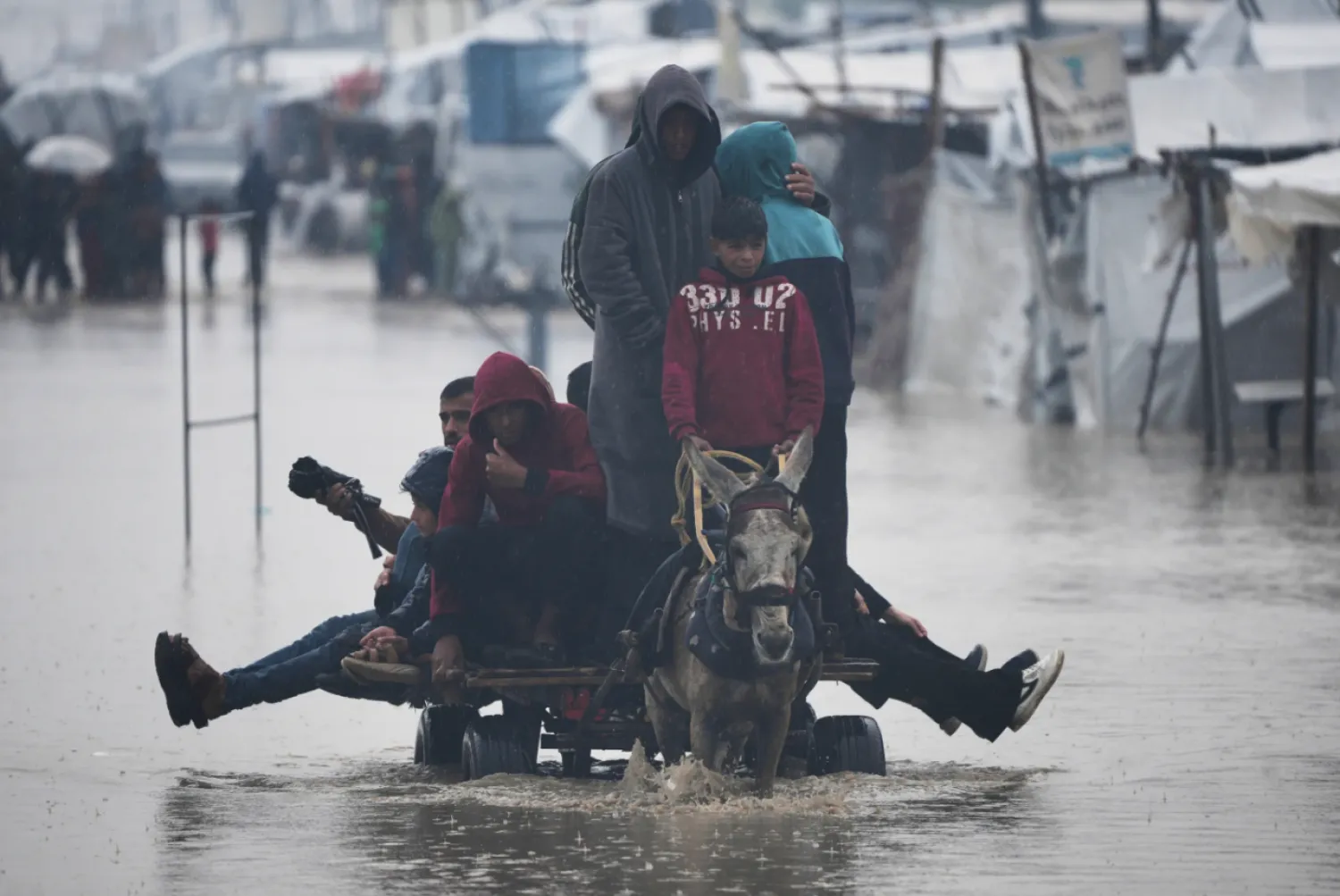As Friday's attack on the London Tube reminds us, public transit is a plum target for terrorists.
That's true around the world. In Israel, Hamas routinely calls for suicide bombers to destroy public buses. The Irish Republican Army regularly attacked the London Underground and British trains during the Troubles. In the 1990s, Algerian extremists from the Armed Islamic Group set off a handful of bombs in the Paris subway, killing eight and wounding 100 more. And in 1995, a doomsday cult in Japan released sarin gas in the Tokyo subway system, killing 12 and wounding 5,000.
More recently, a 2004 bombing on the London subway killed 52. An attack on a Madrid train in 2005 caused the same number of deaths.
Public transit attracts terrorists because it's hard to secure (unlike airports, most cities can't set up massive checkpoints and bag scans) and easy to access. It's also, quite often, packed, particularly around rush hour.
That might explain why there have been at least 387 attacks on trains, buses and passenger ferries in North America and Europe since 1970. South Asia has faced 1,287 public transit assaults; there have been 801 in the Middle East. Trains and train stations are the most common target; attacks in enclosed environments like subway stations are the deadliest. In Europe, about 75 percent of casualties from terrorist attacks occur in underground train stations, even though these account for just 13 percent of attacks overall.
And assaults on public transportation are on the rise in Europe and the United States.
There is good news though: Those terrorist attacks are also becoming less lethal.
“Today’s terrorists want to run up high body counts,” a recent report on terrorism in public transportation found. “But they rarely succeed.” Researchers say that's thanks in part to increased security. As Next City explained:
Some evidence does suggest that increased television surveillance, “See Something, Say Something” campaigns and quicker authority response times did gradually reduce attacks in London between 1970 and 2000. But those same measures could not prevent the 2005 bombing, in which attackers had no fear of being seen and left no parcels to report, because they themselves were the bombs.
But that doesn’t mean ordinary citizens and transit employees are helpless. Of 300 incidents worldwide in which devices were discovered before they could detonate, transit employees discovered the devices 11 percent of the time, by passengers 17 percent of the time, by police or military 14 percent, and security officials 15 percent.
Other cities employ different strategies.
Beijing boasts the world's busiest subway network, shuttling 10 million passengers each day. After a terrorist attack in western China in 2014, riders were forced to line up for a system that resembled airport check-in. (Police promised it wouldn't take more than 30 minutes.) Riders and their bags went through metal detectors. Additionally, helicopter fleets took surveillance pictures from above, and police patrolled with guns, unusual in the country.
London has pioneered anti-terror infrastructure. For example, the city has mostly done away with metal garbage bins, which could create deadly shrapnel if a bomb was planted inside. Instead, the city offers transparent plastic bags hanging from hoops, which make it easier to spot a bomb and less dangerous if one goes off. (The city has also removed many public garbage bins, particularly in the Underground.)
Israel makes use of metal detectors and X-ray machines at some bus stations. Buses, too, are bullet-resistant. Some also come with GPS tracking systems and video cameras so army officials can hear what's going on in an emergency.
In the United States, cities have tightened security in airports and on public transit. In New York, for example, extra New York Police Department officers and state troopers patrol crowded transit stops. In Washington, D.C., extra K9 sweeps and patrols are deployed when there's an increased terror risk. Chicago, Los Angeles and other cities use similar techniques. And of course, riders are reminded that “if they see something, say something.”
Five plots against public transportation in New York City were foiled between 2003 and 2009; an American was arrested for plotting a strike against the D.C. Metro in 2010.
But experts warn that it's not nearly enough to stop an attack. As a Council on Foreign Relations report explained:
Many metropolitan transit agencies have increased both undercover and high-profile police patrols and have refined their emergency response plans to consider terrorism. In Washington, D.C., subway trash receptacles are being replaced with bomb-resistant cans. The Washington Metro has also conducted smoke tests to study air flows within the subway system and has installed a chemical detector in one subway station to provide early warning of an attack. In New York, suspicious packages are now regularly investigated and X-rayed and passengers’ bags are subject to random searches. But experts say bringing airline-style security to US subways would be virtually impossible, and the above measures would be useless against suicide bombers.
The Washington Post









